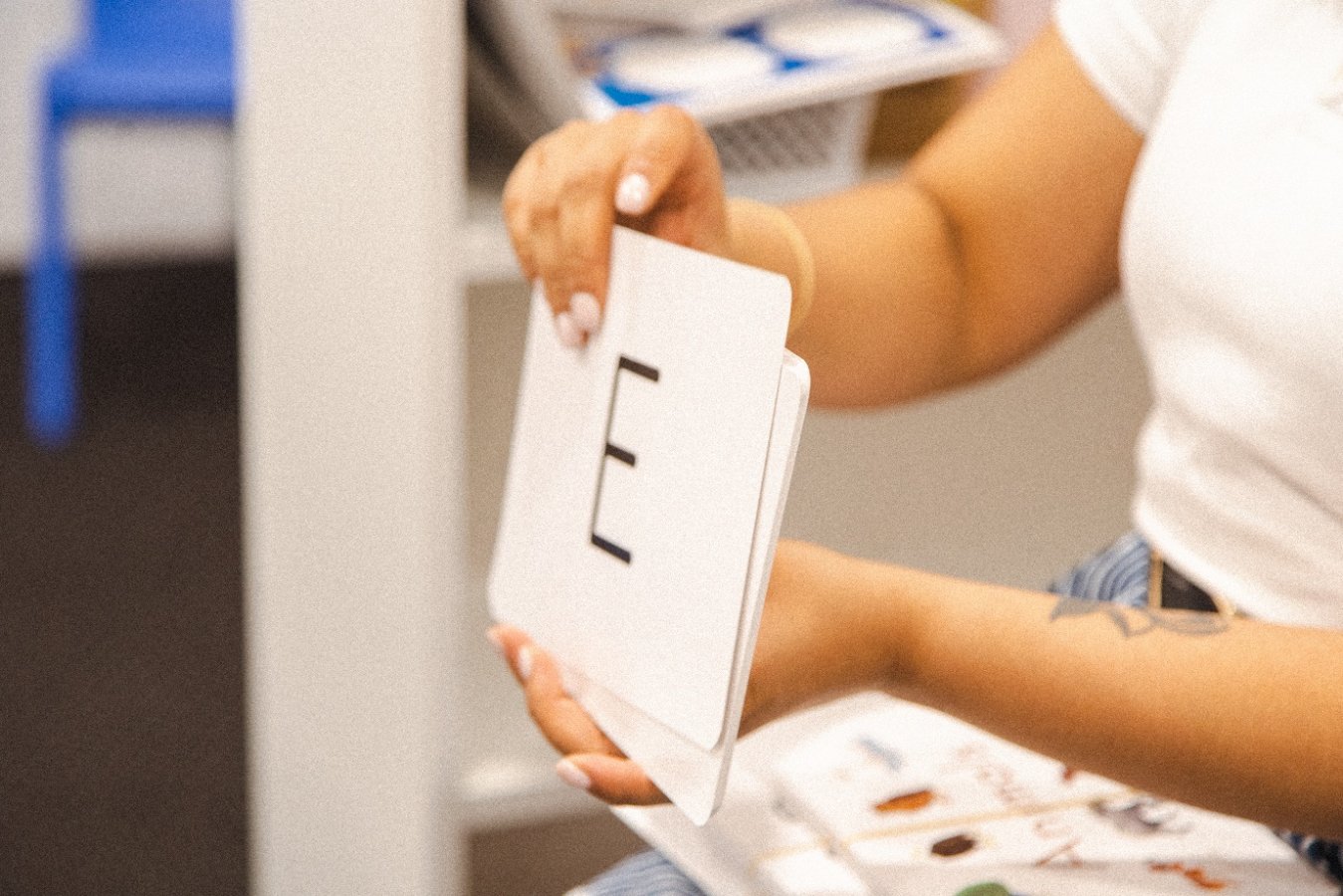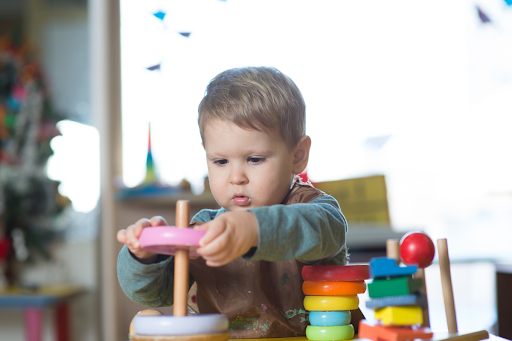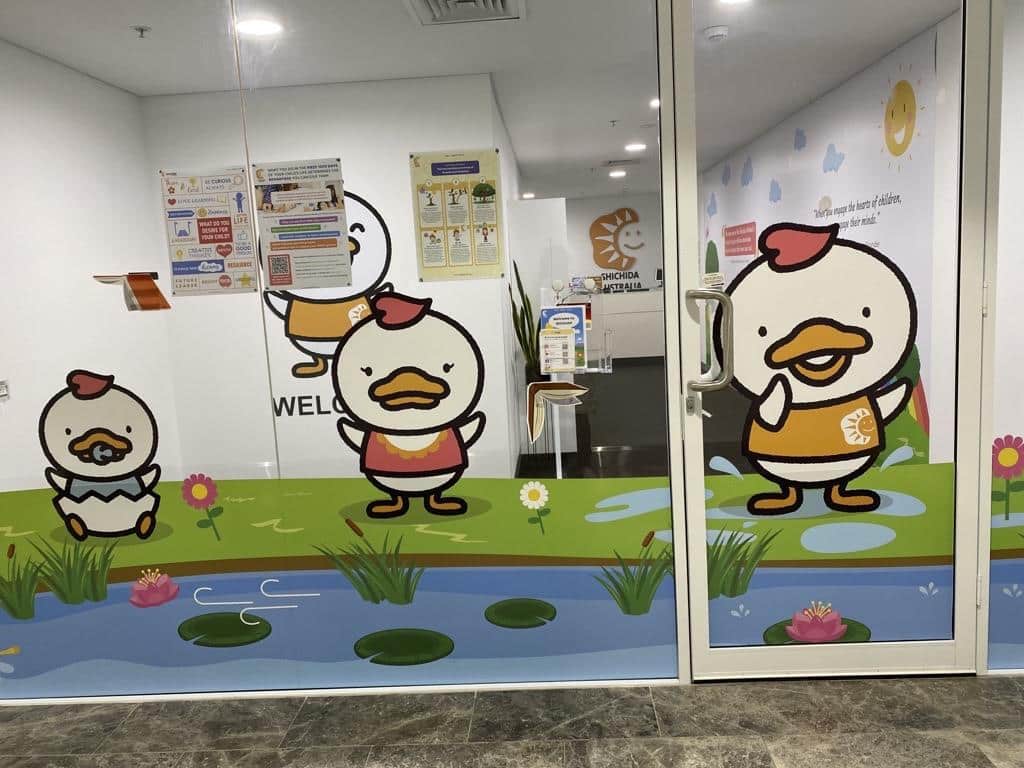
Enhancing Creativity through Art Activities
Embracing art activities at home opens up a vibrant canvas for your child, enhancing their creativity and complementing their learning journey with a splash of imagination, a palette of possibilities, and endless opportunities for exploration and self-expression.
Table of Contents
Exploring Art Activities for Kids
Let’s explore the ways art becomes a powerful tool for growth, from sparking the initial light of creativity to enriching a wide range of developmental skills.
Firstly, art encourages imagination and original thinking. When children create, they’re exploring possibilities, experimenting with materials, and bringing their unique ideas to life. This process isn’t just about producing something beautiful; it’s about learning to think in innovative ways.
Art classes also provide a space for problem-solving. Every step of creating art, from deciding what to make, to figuring out how to use different tools and materials, involves making decisions and finding solutions. These experiences are invaluable in developing flexible thinking skills.
Then, there’s the aspect of expression. Art gives children a voice for their thoughts and feelings in a way words sometimes can’t. This emotional literacy supports creative thinking by helping children understand and express complex ideas and emotions.
How Does Art Boost Creativity?
Art exploration also introduces kids to a variety of visual and tactile experiences. This sensory exploration fosters neural connections in the brain, which underpin creative thought and innovation. When kids manipulate clay, mix paints, or draw from observation, they’re not only honing their motor skills but also enhancing their capacity for creative thinking.
Another crucial benefit is the development of perseverance and focus. Art projects require dedication and attention to detail. By engaging in these extended processes, children learn the value of persistence and attention, qualities essential for creative problem-solving.
Lastly, art exposes children to diverse cultural perspectives through different artistic traditions and practices. This exposure broadens their understanding of the world, encouraging open-mindedness and empathy – key components of creative and critical thinking.
So, in essence, art exploration is a multifaceted enrichment activity that doesn’t just entertain your child but significantly contributes to their creative development, preparing them for a future where thinking outside the box will be one of their greatest assets.
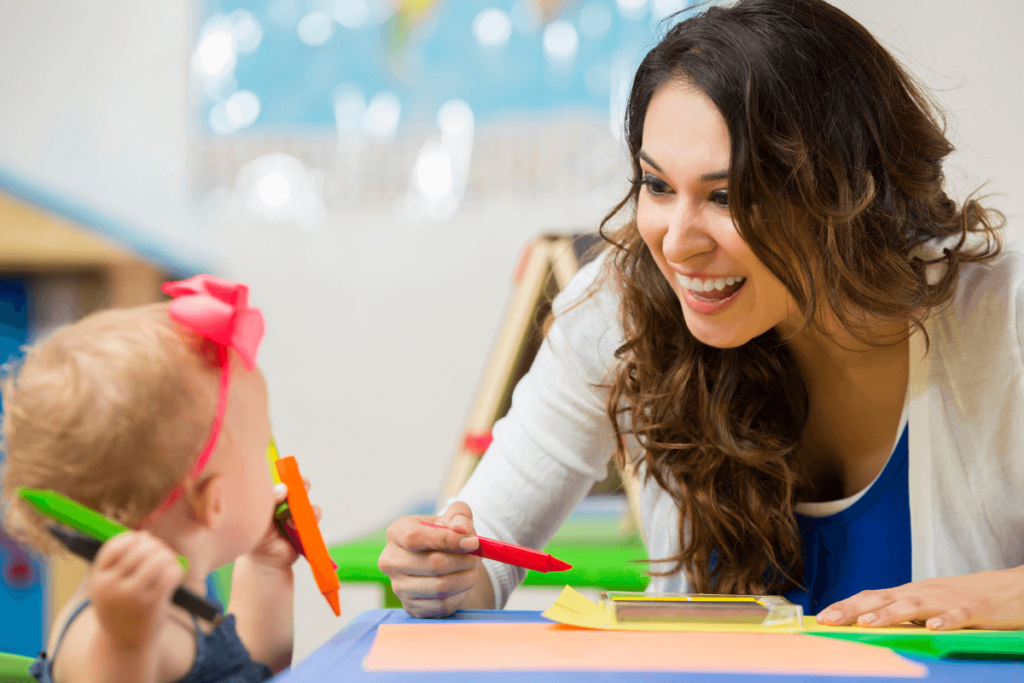
How to Encourage Your Child’s Creativity Through Art: Activities for Every Age
Each of these activities is designed not just for fun but to support your child’s developmental milestones, from sensory exploration in babies and toddlers to the complex problem-solving skills in older children. By engaging in these art activities, you’re providing your child with a rich palette of experiences that enhance their creativity, emotional expression, and cognitive development.
Art activities for kids: Toddlers (1-2 years)
Activity: Finger Painting
Why It’s Great: Toddlers love exploring with their senses. Finger painting is perfect for this stage as it allows them to feel the texture of the paint, see the blend of colours, and express their creativity without the need for advanced motor skills. It’s a joyful way to introduce them to the world of colours and shapes.
Activity: Stamping with Natural Objects
Why It’s Great: Using leaves, flowers, or even fruit slices for stamping introduces toddlers to natural textures and patterns. It’s a fantastic way to explore shapes and colours while practising hand-eye coordination.
Activity: Simple String Art
Why It’s Great: This involves threading string or yarn through holes in a cardboard piece or large beads. It’s excellent for fine motor development and introduces the concept of lines and forms in a tactile, engaging way.
Art activities for kids: Preschoolers (3-4 years)
Activity: Collage Making
Why It’s Great: At this kinder age, kids start to refine their motor skills. Making collages with cut-out shapes, stickers, and assorted materials helps them with decision-making (choosing what goes where) and is a fun way for them to learn about textures and patterns. It also encourages them to tell stories through their artwork, boosting their language and cognitive development.
Activity: Playdough Sculptures
Why It’s Great: Beyond the joy of squishing playdough, sculpting with it can help preschoolers bring their imagination to life, enhancing creative thinking and dexterity.
Activity: Watercolour Resist Paintings
Why It’s Great: Using crayons to draw on paper and then painting over it with watercolours reveals magical patterns. It teaches children about colour mixing and resistance effects, sparking curiosity and experimentation.
Art activities for kids: Early School Age (5-6 years)
Activity: Clay Modelling
Why It’s Great: Working with clay or playdough is fantastic for strengthening those little hands and fingers, which is crucial for writing. As they sculpt, they’re using their imagination to plan and execute a project, which enhances their problem-solving skills and creativity. Plus, the tactile experience of moulding clay is incredibly grounding and can help focus their energy.
Activity: Nature-Inspired Mandalas
Why It’s Great: Creating mandalas with collected leaves, stones, or flowers on a flat surface can be a meditative activity that encourages attention to detail, symmetry, and appreciation for the natural world.
Activity: DIY Storybooks
Why It’s Great: Pre-primary children illustrate and write their own storybooks, boosting not just creativity but also narrative skills and literacy. It’s a personal project that instils pride and confidence in their storytelling abilities.
Art activities for kids: Older Children (7-8 years)
Activity: Basic Weaving
Why It’s Great: Weaving introduces primary school aged children to patterns, sequences, and textures, laying a foundation for mathematical concepts. It also requires concentration and patience, helping to lengthen their attention span. This activity can be deeply satisfying as they see the direct result of their efforts turn into something tangible and beautiful.
Activity: Perspective Drawing
Why It’s Great: Teaching basic perspective drawing encourages older children to think about space, depth, and dimensions, enhancing their spatial awareness and observational skills.
Activity: Recycled Material Sculptures
Why It’s Great: Creating sculptures from recycled materials challenges children to see the potential in everyday objects, promoting environmental awareness alongside creativity and problem-solving skills.
How to Encourage Your Child’s Confidence in Creating Art
Exploring art and new experiences can be incredibly rewarding for your child, and developing confidence in this journey is key.
Start by creating a positive, judgement-free space where your child feels safe to express themselves creatively. Celebrate their efforts and the process of creation, rather than focusing solely on the end result. It’s important to let them know that there’s no ‘right’ or ‘wrong’ way to make art.
Encourage experimentation by providing a variety of materials and suggesting new projects, but let their curiosity and interests guide the activities. Sometimes, joining in and creating alongside your child can also boost their confidence, as they see you engaging in exploration and learning too.
Let them explore colour mixing and talk to them about colour theory. Encourage your little one to mix new colours!
Finally, display their artwork proudly at home; this not only shows that you value their creativity but also builds their self-esteem and encourages them to keep exploring and creating. Remember, the goal is to instil a love for art and learning that will stay with them throughout their life.
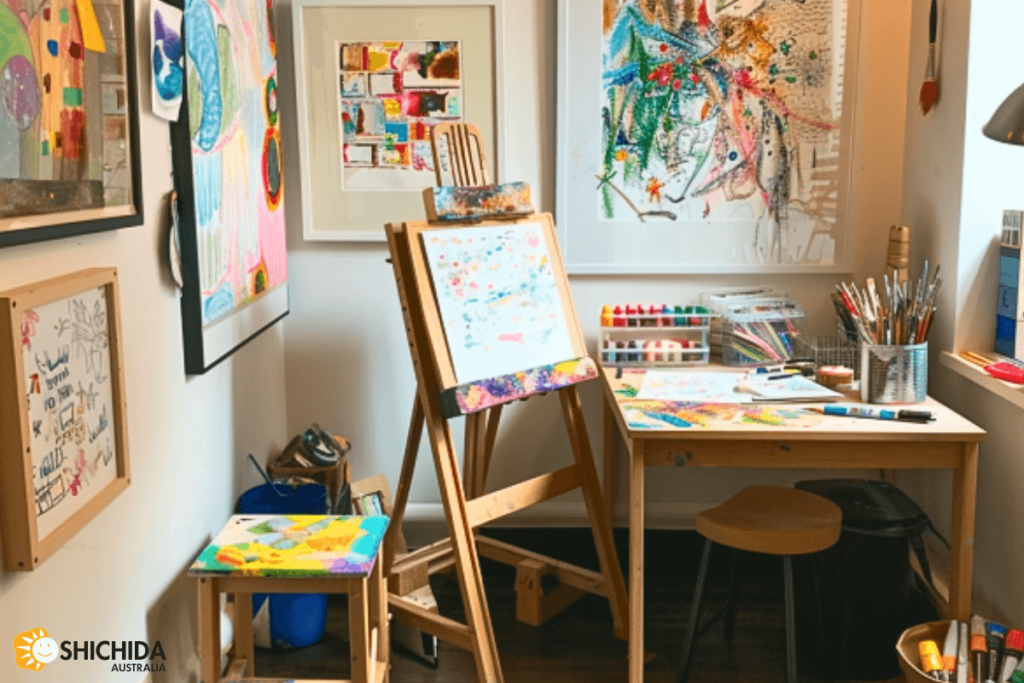
Overcoming Hurdles in Encouraging Kids to Create Art
Lack of Interest
Challenge: Sometimes, children might not show an immediate interest in art activities, preferring other forms of play or entertainment.
Solution: To spark their curiosity, introduce art as part of a story or play scenario they love. For example, if they enjoy dinosaurs, suggest painting a dinosaur landscape or crafting clay dinosaurs. Linking art to their interests can make it more appealing.
Fear of Making Mistakes
Challenge: Children, especially as they grow older, might fear judgement or making mistakes, which can hinder their willingness to engage in art.
Solution: Create a supportive environment where mistakes are celebrated as a natural part of learning. Show examples of how ‘mistakes’ in art can lead to creative discoveries. Emphasise that art is about expression and fun, not perfection.
Limited Exposure to Different Art Forms
Challenge: A narrow exposure to art can limit children’s understanding and appreciation of what art can be, making them less likely to try new art activities.
Solution: Expose your child to a wide range of art forms and materials, from painting and drawing to sculpture and digital art. Visits to museums, art books, and online art resources can expand their view of art and inspire them to try different mediums.
Overemphasis on Results
Challenge: Focusing too much on the end product can pressure children, making art feel like a task rather than a form of play.
Solution: Shift the focus to the process and joy of creation. Use phrases like “Tell me about your painting” instead of “What did you make?”. This encourages them to value their own creative experience over the outcome.
Not Enough Time
Challenge: Busy schedules can make it challenging to find time for art activities, leading to less engagement in creative pursuits.
Solution: Integrate art into daily routines in simple ways. Keep art supplies accessible for spontaneous art-making, or dedicate a specific time each week for a family art session. Remember, quality matters more than quantity.
Nurturing Holistic Development at Shichida Australia
At Shichida Australia, we’re dedicated to promoting the full brain development of every child, recognising the invaluable role of creativity in their growth. We encourage creative exploration and understand that creative thinking and critical thinking are closely linked. Fine motor skills or memory are enhanced through creative activities such as:
- Cutting shapes and patterns
- Folding origami
- Drawing with songs
- Creating paper chains
- And much more.
The use of flashcards are also used to introduce children to famous art and teach them a variety of colours and shades of colours using games and songs. While our curriculum is rich with activities designed to engage both the left and right sides of the brain, we also encourage parents to extend this holistic approach to learning at home through art activities.
By integrating art into your child’s daily routine, you’re not only providing them with a productive outlet for their energy and emotions but also supporting their holistic development in a way that’s both enjoyable and educational. It’s about creating a balanced learning environment where your child can thrive, exploring the full range of their abilities and interests. Additionally, art activities for kids encourage patience and focus, essential skills that contribute to their overall growth and learning journey.
Join us for a trial class and see what we can offer you and your child!
